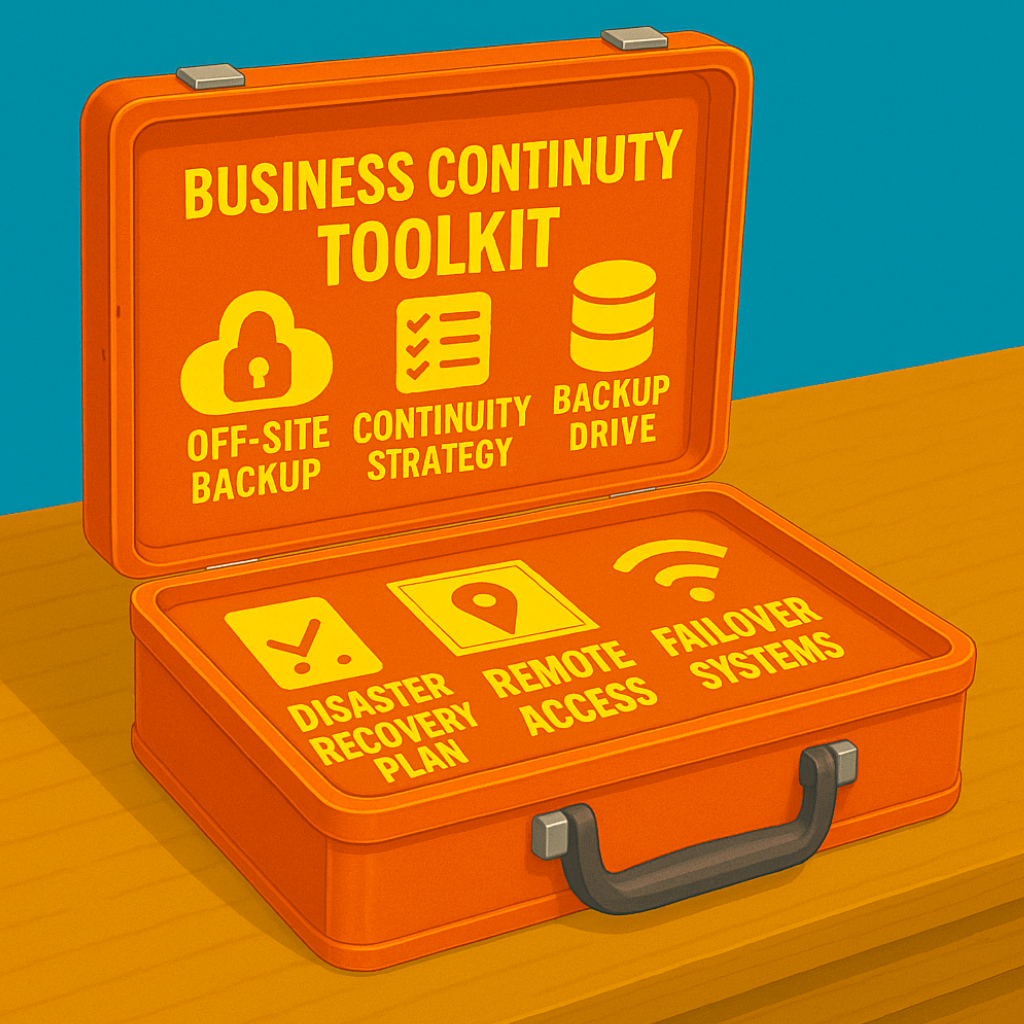August 12, 2024
Just when you think cybercriminals have exhausted their bag of tricks, they manage to innovate and catch everyone off guard. Their latest scheme involves faking data breaches to deceive both unsuspecting business owners and dark web data buyers.
Earlier this year, Europcar, a renowned international car rental company from France, stumbled upon a cybercriminal peddling what appeared to be private information of over 50 million of its customers on the dark web. The company promptly initiated a formal investigation, only to discover that the data being sold was entirely fabricated. The fraudulent information was likely generated using advanced tools like generative AI.
How Are They Doing It?
With AI-powered tools such as ChatGPT, cybercriminals can swiftly create realistic-looking data sets. These savvy criminals conduct thorough research to design data sets that appear legitimate, complete with accurately formatted names, addresses, emails, and even local phone numbers. They also utilize online data generators that produce large, fake data sets intended for software testing, making the data appear authentic. Once armed with these fake data sets, hackers select a target company and post the bogus information on the dark web.
Why Are They Doing It?
Why would hackers fabricate a data breach? There are several reasons, beyond reaping the same rewards without the effort of breaching a network's security.
- Creating Distractions: A company focused on investigating a supposed breach is likely to overlook other vulnerabilities, making it easier for hackers to launch attacks from different angles.
- Bolstering Their Reputation: In the hacker community, reputation is paramount. Publicly targeting a well-known brand can earn hackers notoriety and recognition from other groups.
- Manipulating Stock Prices: For publicly traded companies, news of a data breach can trigger a rapid 3% to 5% (or more) drop in stock prices. This panic can be exploited by cybercriminals for financial gain.
- Learning Security Systems: Faking a data breach can provide insights into a company's security protocols for preventing, detecting, and resolving attacks. Understanding these processes helps hackers refine their strategies.
Why Is This Bad For Businesses Even If The Data Is Fake?
By the time the public learns that the data is fake, significant damage has already been done. For instance, in September 2023, Sony was targeted by a ransomware group that falsely claimed to have breached the company's network and stolen data. The news spread quickly, tarnishing Sony's reputation. By the time the investigation revealed the claim was false, the damage to their brand was irreversible.
What Can You Do To Prevent Fake Data Breaches?
To avoid falling victim to a fake data breach, consider these steps:
- Actively Monitor The Dark Web: Ensure that you or your cybersecurity team regularly monitor the dark web. If you find someone selling your data, investigate the claim immediately to mitigate potential damage.
- Have A Disaster Recovery Plan In Place: Prepare a communication plan in advance to handle data breach incidents. This plan should be ready to implement and fine-tuned if a breach occurs.
- Work With A Qualified Professional: Focus on your core business activities and leave IT-related issues to cybersecurity experts. These professionals can identify potential threats, resolve issues, and prevent breaches, ensuring that steps #1 and #2 are effectively managed.
Data breaches can create enormous problems for your organization. Get ahead of the issue and have someone proactively monitor your network and the dark web to keep you secure. If you want a no-obligation, third-party opinion on whether or not your network is vulnerable to an attack or properly secured, we're happy to provide one for FREE. Call us at 914-923-0161 or click here to book your FREE consult with one of our cybersecurity experts.








